
Deutsche Post DHL recently released the findings of a study that projects possible future states of trade, business, society, and supply chains 40 years from now. The study, Delivering Tomorrow: Logistics 2050, gives supply and demand forecasting a whole new meaning.
The study examines five different scenarios of life that are based on a detailed analysis of critical factors—including trade and consumption patterns, technological and social trends, and climate change—and estimates their probable impact on peoples behavior and values in 2050.
Among the five scenarios:
1. Untamed economy, impending collapse. Unchecked materialism and mass consumption characterize the world in 2050. The relentless exploitation of resources feeds this non-sustainable way of life, a development that stokes climate change and causes natural disasters to mount.
Demand for logistics and transport services climbs sharply. A global transportation super-grid ensures rapid exchange of goods between centers of consumption. But as climate change advances, supply chains are increasingly disrupted, a development that presents additional challenges for logistics companies.
2. Customized lifestyles. This scenario describes a world where individualization and personalized consumption are pervasive. Consumers are empowered to create, design, and manufacture their own products. Newly developed 3D printers play a major role. This leads to a rise in regional trade streams, with only raw materials and data still flowing internationally.
Decentralized energy systems and infrastructure complement customization and regional production. The implications for logistics include a vastly reduced need for long-distance transportation of finished and semi-finished goods due to value chain localization.
Logistics providers organize the entire physical value chain. They also handle the encrypted data streams required to transmit construction and design blueprints for 3D printers. Decentralized production turns strong regional logistics capabilities and a high-quality last-mile network into important success factors.
3. Paralyzing protectionism. This is a world state triggered by economic hardship, excessive nationalism, and protectionist barriers. Globalization has been reversed. Technological development is lagging. High energy prices and dramatic supply scarcity lead to international conflicts over resource deposits. Implications for the logistics sector include challenges posed by the decline in world trade and the resulting regionalization of supply chains.
Governments view logistics as a strategic industry. As relations between some blocs and countries are extremely strained, logistics providers in bloc-free countries act as intermediaries in international trade brokerage.
4. Mega-efficiency in megacities. In 2050, megacities emerge as the worlds power centers and are the drivers and beneficiaries of a paradigm shift toward green growth.
To overcome the challenges of expanding urban structures such as congestion and emissions, megacities become champions of collaboration. Robotics revolutionize the world of production and services. Consumers change their habits: they usually rent products instead of purchase them. Highly efficient traffic concepts relieve congestion.
A global super-grid with mega transporters, including trucks, ships and aircraft, as well as space transporters, opens important trade connections among the worlds megacities. Logistics service providers are entrusted to run city logistics, utilities, and system services for airports, hospitals, and shopping malls.
5. Global resilience—local adaptation. This scenario describes a world initially characterized by a high level of consumption thanks to inexpensive, automated production. Due to accelerated climate change, however, frequent catastrophes disrupt supply chains and lean production structures, resulting in repeated supply failures.
The new economic paradigm is distinguished by a shift away from maximizing efficiency to mitigating vulnerability. This radical move toward redundant production systems and a change from global to regionalized supply chains allow the global economy to better weather troubling times.
Deutsche Post DHLs resilient world of 2050, comprised of regionalized trade, relies on a logistics sector that ensures supply security as a top priority, with backup infrastructure to guarantee reliable transport in unstable and hazardous times. Instead of complex just-in-time delivery processes, huge warehouse structures located close to the manufacturer are seen as indispensable buffers.



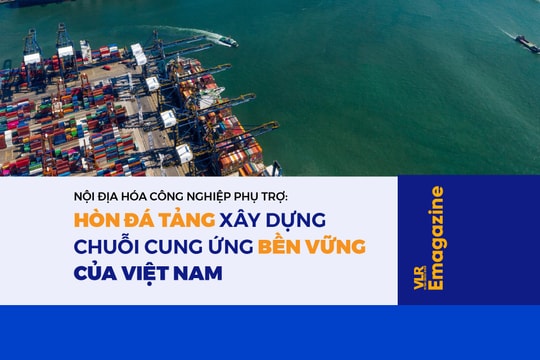


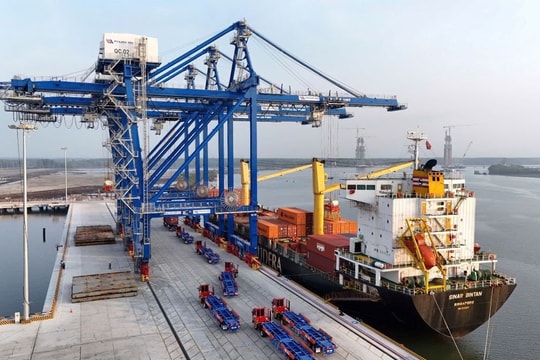


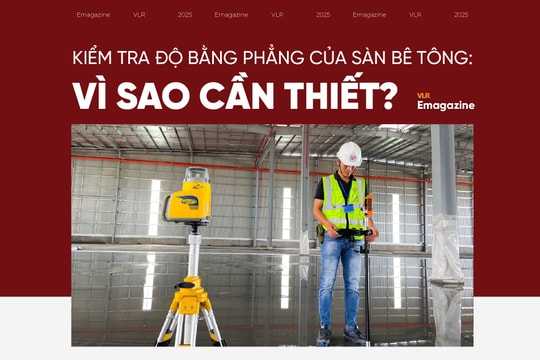


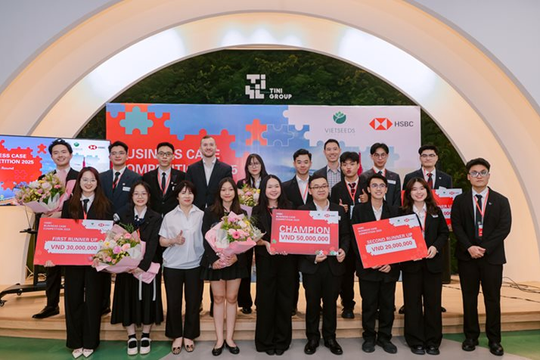

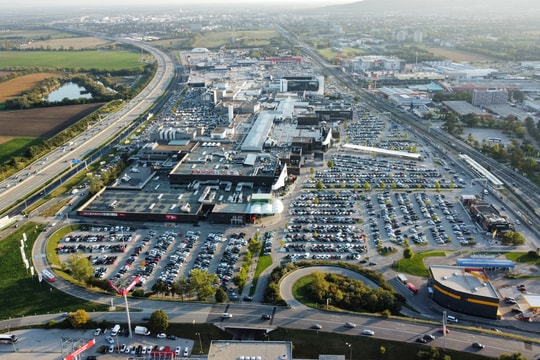
.jpg)
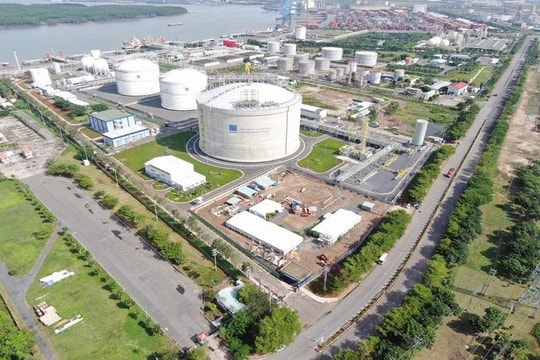



.jpg)
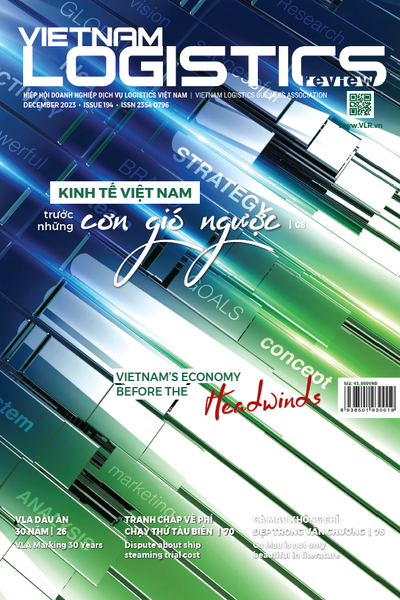

.png)